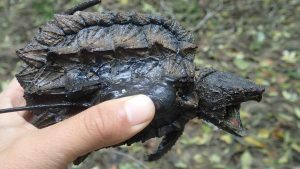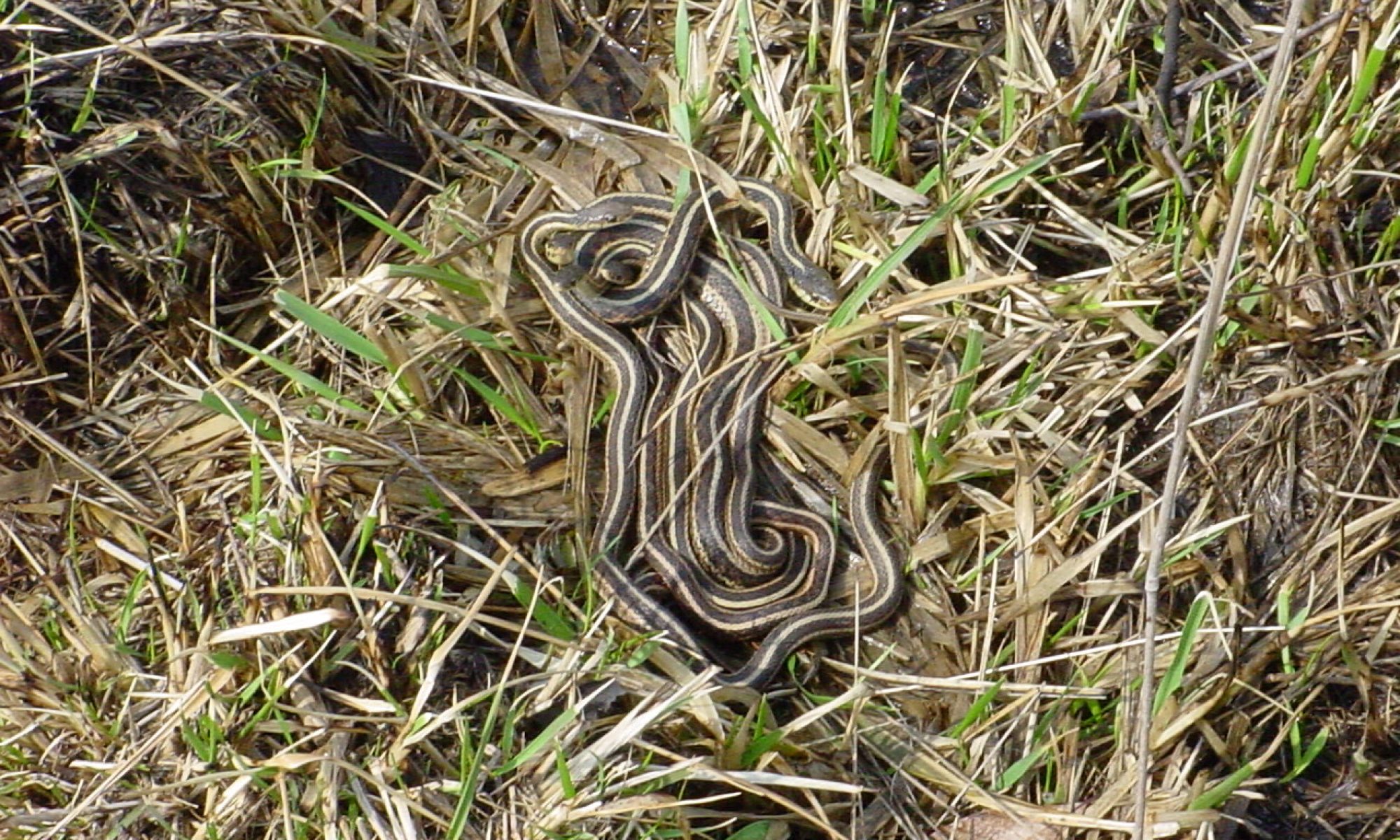
A paper just out this week in the Journal of Wildlife Management, “Movement behavior and passive dispersal of a reintroduced population of alligator snapping turtles” found that translocated AST behaved similarly to wild populations, and is largely passive. This can have conservation implications as reintroduced animals may be transported downstream by high flows.
Abstract
Maladaptive movement behavior is a leading cause of failure for reptile reintroductions, thus characterizing movement for translocated populations is important to project success. From 2014–2016 we radio-tracked 183 immature reintroduced alligator snapping turtles (Macrochelys temminckii) using very high frequency telemetry in a stream in southern Illinois, USA. We assessed environmental, temporal, morphometric, and microhabitat factors influencing movement, including post-release dispersal from reintroduction sites, movement probability, and step length. We used directional statistics to investigate the effects of precipitation and age on directional movement in the stream. Numerous factors influenced active movement, including ambient temperatures, time since release, use of log jams, turtle size, and age. Precipitation had an age-biased effect on movement. Directional analyses suggested that movement was largely passive as turtles were swept downstream with increased discharge. Overall, the behavior of reintroduced alligator snapping turtles was similar to that reported in wild populations. Passive downstream transport has implications for reintroduced and natural populations as a force for unintentional emigration in channelized streams under current conditions and future high flow regimes.
Read the full paper here.
